Following our top 50 films of 2019, we’re sharing personal top 10 lists from our contributors. Check out the latest below and see our complete year-end coverage here.
It’s been a weird year, to say the least. Personally speaking, 2019 felt like a distinct shift in terms of what exactly I find interesting with film right now. Things aren’t exactly brimming with variety in cinemas, with over 80 percent of the year’s top-grossing movies coming from one studio. And when looking within film communities online, topics are chosen, praised, criticized, analyzed to irrelevance, and then finally dropped when the next thing comes along. Sometimes I think of it as a snake shedding its skin while eating its own tail. Other times I get reminded of the gray goo scenario. Either way, I don’t see a lot of appeal in these sorts of things.
But I don’t intend to use this space to bemoan the state of film or start calling a time of death. The forces that dictate where the currents of cinema flows just aren’t moving in a direction I want to go in right now, but they have in the past and I’m sure they will in the future. For now, I have to do a little more work to find the kinds of films that grab a hold of me. What I’ve noticed this year is that I gravitate more toward films that focus on the spaces they create and explore, make statements by looking inwards, and (as always) can make me create a visceral, instinctual reaction.
I’ve seen many films in 2019 that I would consider good, solid works that amount to working from the same bag of tricks. Looking back, I find myself preferring to think about people that took risks, even if they fell flat on their faces in the process. Before going over my top ten US releases of the year, here are five honorable mentions that, while far from great, took chances in ways that made them hard to shake. Here’s hoping that 2020 will show us more filmmakers daring to fail rather than aiming to please.
Honorable Mentions: First Love, Little Joe, Dragged Across Concrete, Domino, Knife + Heart
10. Honey Boy (Alma Har’el)
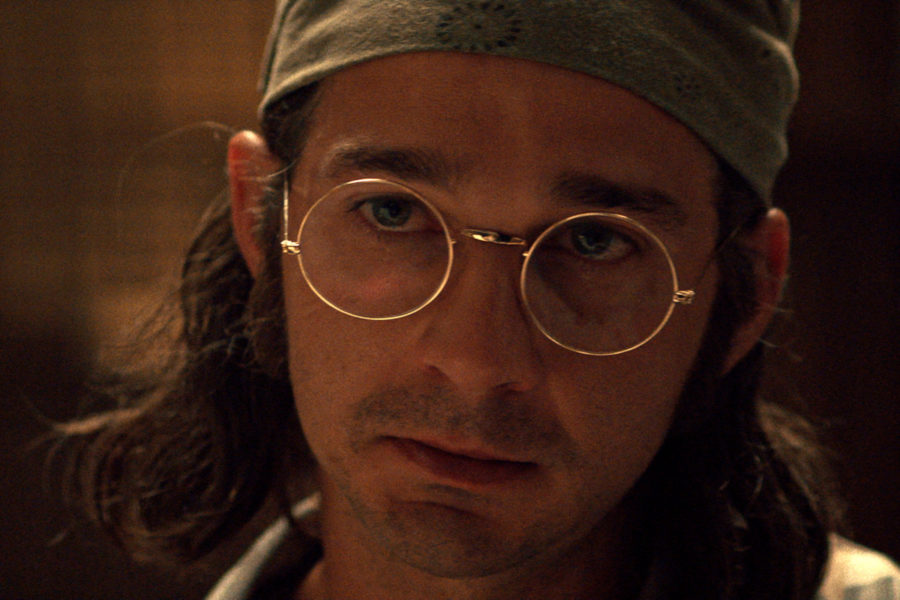
Shia LaBeouf’s ongoing process of publicly working through his own issues leads to his best work yet with Honey Boy. After LaBeouf entered a rehabilitation program to treat his drug and alcohol abuse, he began working on the screenplay as a therapeutic exercise, writing about his abusive childhood in order to confront and manage his PTSD. The final script is a fictionalized version of LaBeouf’s own story, cross-cutting between an actor (Lucas Hedges) in therapy and his younger self (Noah Jupe) juggling his work as a child actor and living with his abusive father (LaBeouf, essentially playing his own dad). This is messy, personal work, a film that is both about processing and part of the process itself. Director Alma Har’el and DP Natasha Braier prioritize emotional truths above all, and in doing so call constant attention to the layers of fiction and reality blurring the protagonists’ path to self-understanding.
9. Jallikattu (Lijo Jose Pellissery)

Premiering at the Toronto International Film Festival before unceremoniously dropping on Amazon Prime, Lijo Jose Pellissery’s Jallikattu is go for broke, swing for the fences filmmaking that deserves bigger screens and more eyeballs on it. Pellissery takes a high concept (villagers hunt down a wild bull terrorizing their town) and goes huge with it, using frenetic pacing and a sensory assault to turn his film into a visceral examination of man’s primal nature. Culminating with a climax full of unforgettable imagery (best not to spoil here), Jallikattu is the kind of film that feels like it could cause whiplash.
8. The Dead Don’t Die (Jim Jarmusch)
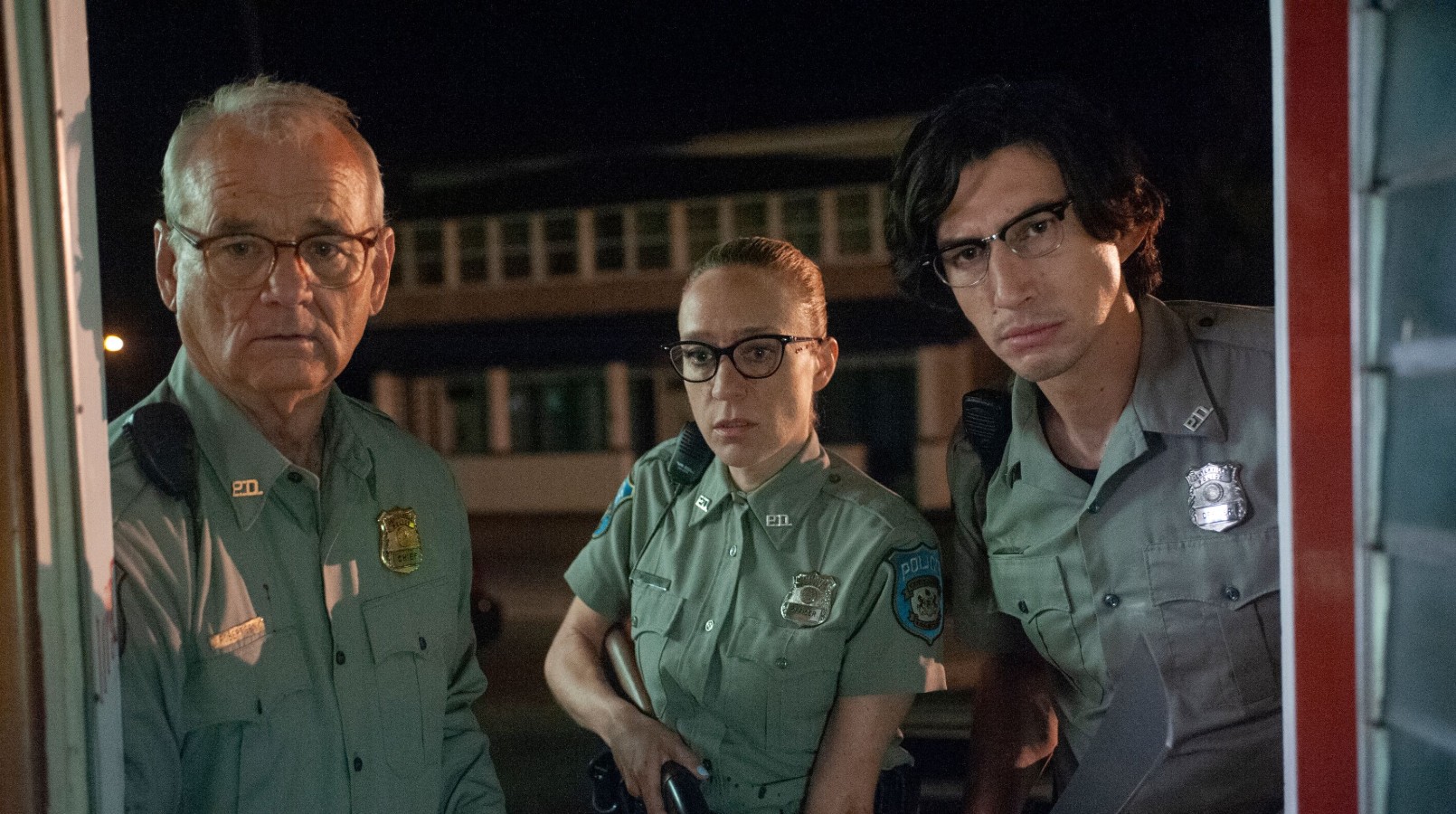
I’m still reeling from the fact that Jim Jarmusch’s ensemble zombie movie somehow got a major theatrical release, given it might be the most nihilistic thing to play multiplexes in years. Jarmusch creates an apocalyptic scenario with the dead coming back to life, and then undermines his own story every step of the way. Why? Because the end is here, and art can no longer save or placate us as we reach our final destination. The Dead Don’t Die treats symbolism and metaphor as nothing more than self-made barriers from the harsh truths we have to face, and naturally this sort of anti-escapist message did not go over well with both audiences and critics. I find it to be one of the best political films from the U.S. post-2016, and a perfect encapsulation of having the desire to scream, but only mustering enough strength to let out a shrug.
7. An Elephant Sitting Still (Hu Bo)
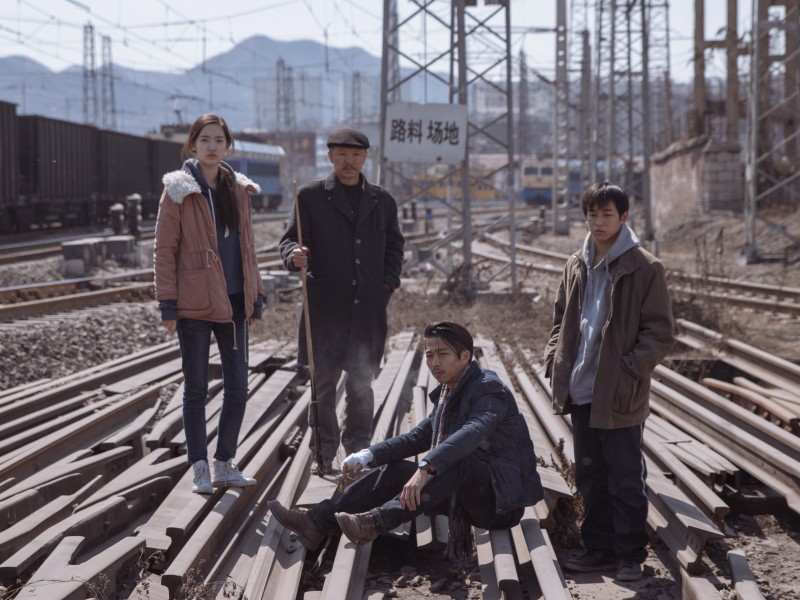
Despite seeing it over a year ago, I still think about Hu Bo’s first (and only) film frequently. Beyond establishing a strong style through purposeful long takes, An Elephant Sitting Still evokes the feeling of hopeless despair with an unsettling degree of accuracy. The details of how the film’s several leads converge over its four-hour runtime have become harder to remember, but the feelings remain. It came as no surprise to learn that Bo suffered from depression himself, but it was a shock to learn he ended up taking his own life after locking a final edit (his family bought the film back from Bo’s producers and finished it after his passing). Of the many tragedies in and around An Elephant Sitting Still, one of the biggest is watching the potential pouring out of every frame with the knowledge that none of it will ever be realized.
6. Asako I & II (Ryūsuke Hamaguchi)
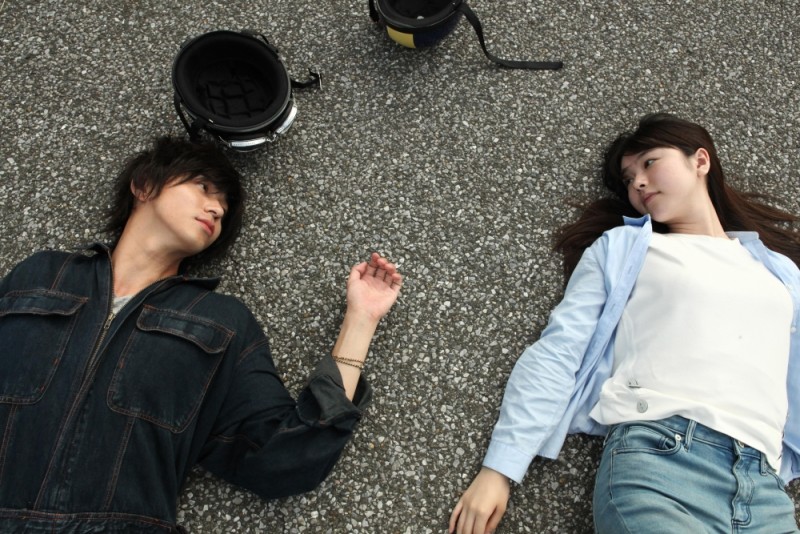
Working with a considerably shorter runtime than his five-hour-plus opus Happy Hour, Ryūsuke Hamaguchi’s Asako I and II applies his strong handle of character to the familiar, mainstream structure of a romantic melodrama. But unlike the films he’s trying to evoke, Hamaguchi treats emotion and desire as the complex, ongoing things they truly are, and in doing so refuses to let viewers escape through the comfort and closure of cliches. It’s a film that sweeps us off our feet before knocking us flat to the ground.
5. Relaxer (Joel Potrykus)
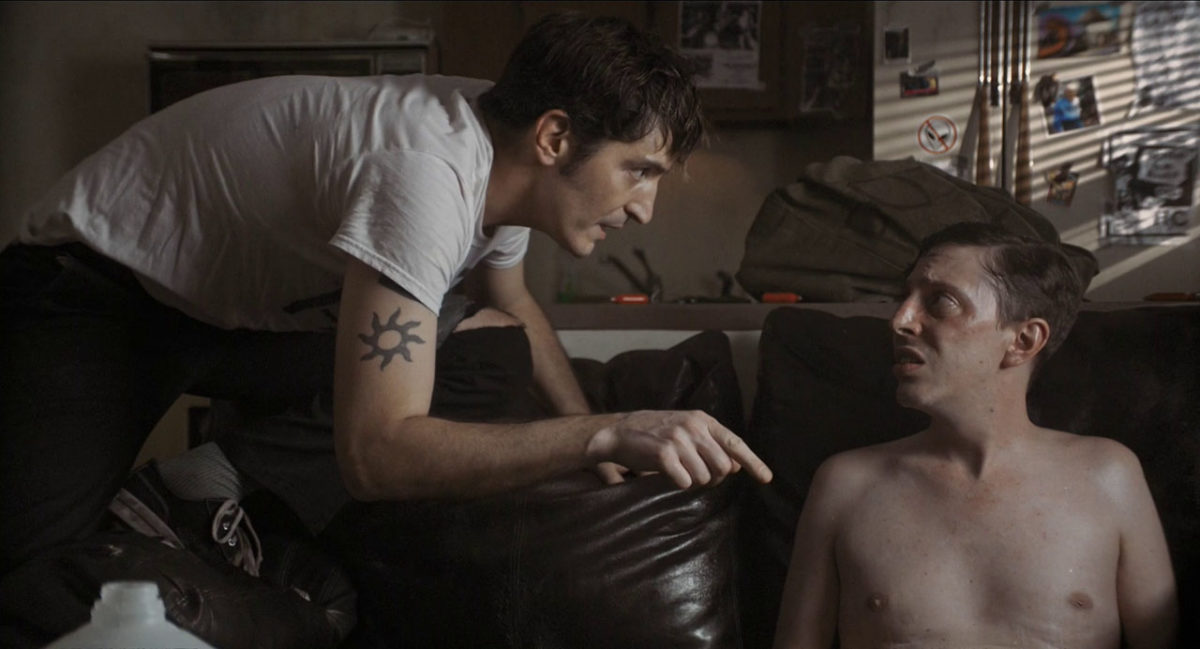
After making one of the best films of the decade with Buzzard, Joel Potrykus and Joshua Burge reunite to make the best comedy of the year with Relaxer. Whereas Buzzard dipped periodically into surrealism, Relaxer dives head first into it, taking place entirely within an apartment as a slacker (Burge) fulfills his brother’s bet to not get off the couch until he beats Pac-Man. With this simple idea, Potrykus flings his film off into hilarious, disgusting, political, and eventually apocalyptic directions, with Burge once again acting as the captivating glue holding it all together. Given the sparse, playlike format of the film, it’s best to experience Relaxer knowing as little as possible. Just let Potrykus show you why he’s one of the best indie filmmakers in America right now.
4. Long Day’s Journey Into Night (Bi Gan)
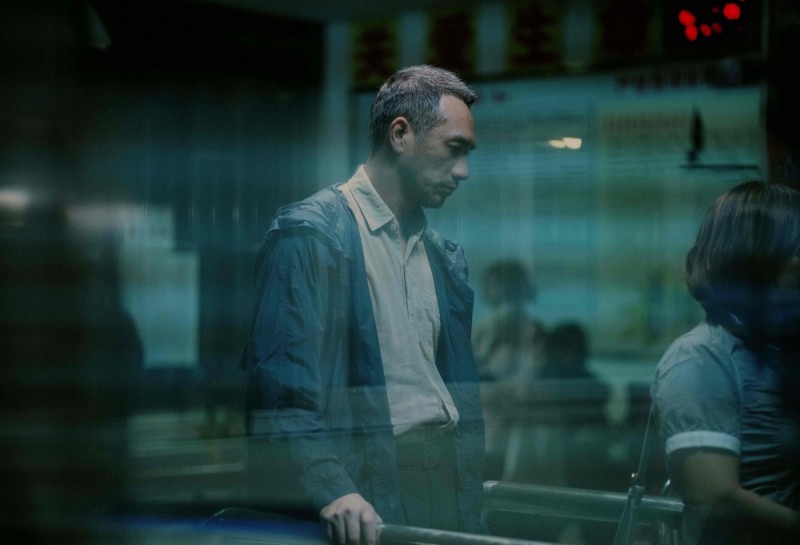
With filmmakers like Alejandro González Iñárritu turning the long take into an opportunity to flex, along comes Bi Gan to make stunt filmmaking fun all over again. After his debut Kaili Blues, Gan more or less remakes his first feature with Long Day’s Journey Into Night, except this time on a much bigger scale with the ambition to match. Using dreams and memory as the foundations of theme and narrative, Gan runs wild with the camera to conjure up a dreamlike atmosphere, culminating in an hour-long 3D single take. The gamble works, mainly because Gan lets content dictate form and he just happens to be terrific at style too (the title card, which arrives over an hour into the film and kicks off the 3D segment, is one of the most satisfying moments of the year). The fact alone that Gan can take so many elements that could easily fall under the label of arthouse pastiche, put them all together, and somehow make it work this well is an achievement unto itself.
3. Frankie (Ira Sachs)
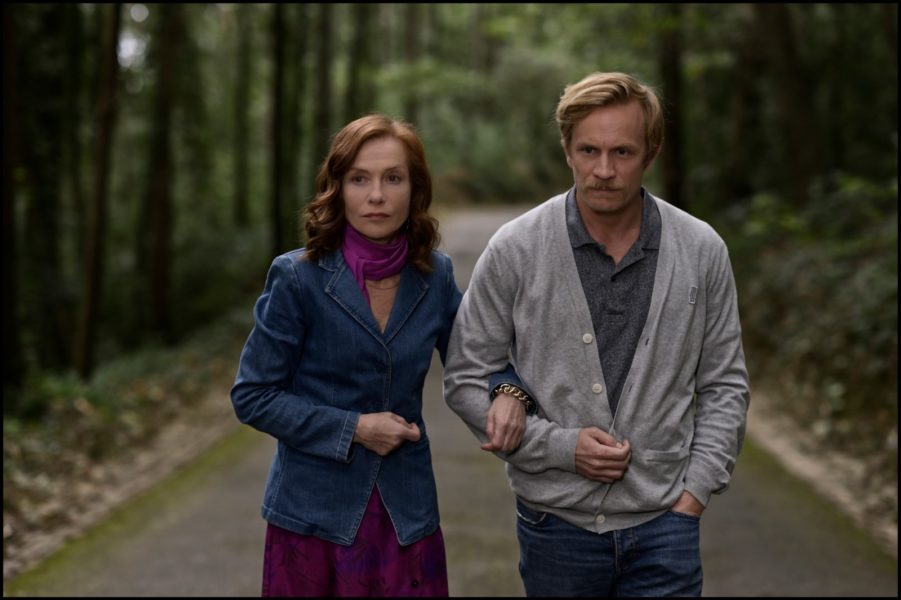
Of the many baffling things to happen in 2019, one of them was the beating Ira Sachs’ latest film took after its Cannes premiere. Maybe it’s because the film sounds like an unbearable weepy, with its premise of a rich actress (Isabelle Huppert) inviting friends and family to a gorgeous locale in Portugal before she begins succumbing to her terminal illness. But Sachs doesn’t take the easy route here, instead making his film decenter the title character as much as possible. Sachs’ use of master shots –along with the screenplay separating most of the cast into their own subplots–goes a long way to communicate its lead character’s acceptance of her dwindling place in life. Despite its picture-perfect location and collection of well-to-do characters, Frankie feels very true to life in its handling of mortality, showing how everything around us must naturally (and ruthlessly) carry on after we’re gone.
2. Transit (Christian Petzold)
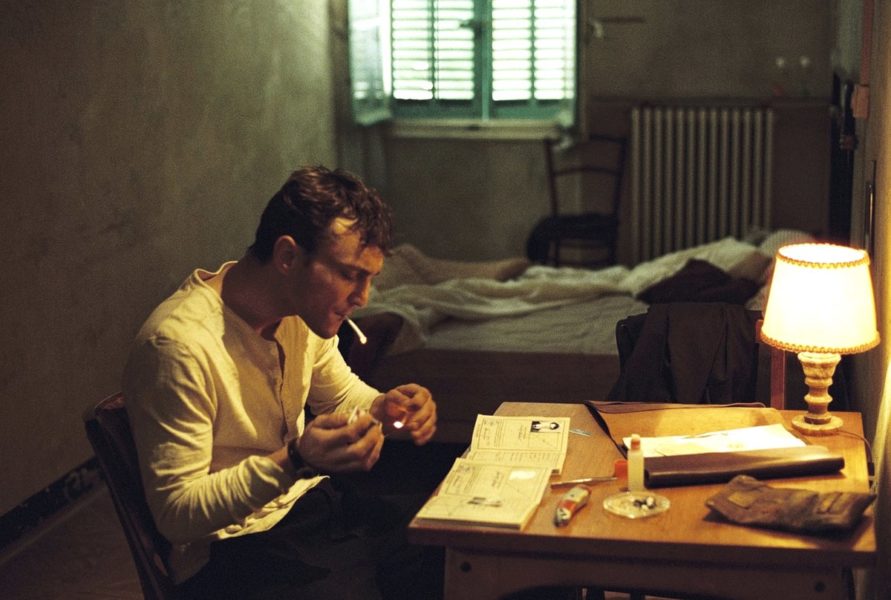
I’ve seen Transit twice now, and both times I obsessed over everything going on within Christian Petzold’s single, brilliant idea of plopping a WWII-set novel into the present. The sight of characters trying to escape capture in a modern-day, Nazi-occupied France alone is powerful enough as an unsettling reminder of how easily we can slip back into fascism. But it’s all of Petzold’s other choices that captivate the most, like the way he doesn’t touch the setting (modern architecture and cars remain) but removes modern technology and keeps the costuming within the 1940s time period. Eventually, there’s a feeling of watching ghosts of the past playing out in the present day, like echoes in time. I can’t really think of another film that’s evoked this specific feeling, or at least achieved it this way.
1. Once Upon a Time… in Hollywood (Quentin Tarantino)
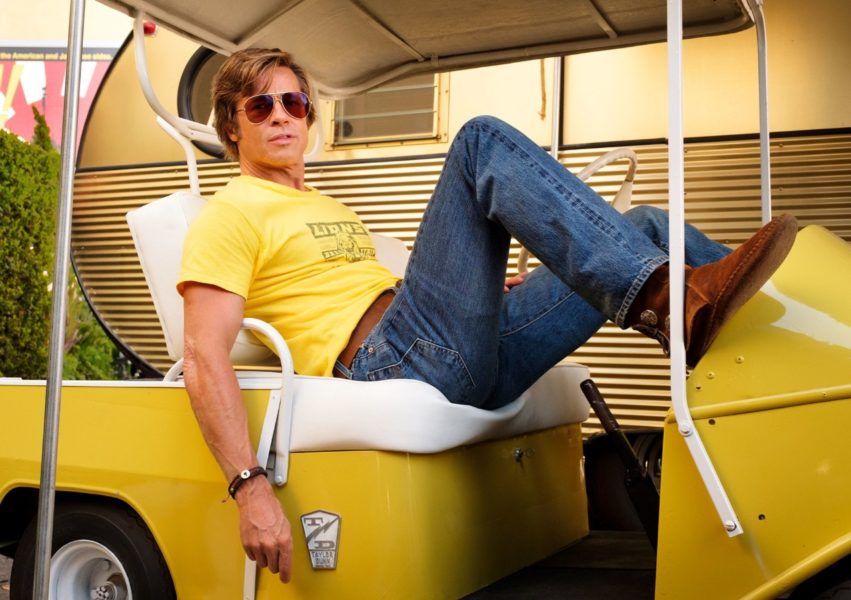
In his third stab at rewriting history, Quentin Tarantino paradoxically uses specificity to make his most sprawling and ambitious film to date. Taking place over two days and one infamous night, Once Upon a Time… in Hollywood sees Tarantino ditching plot as it follows a washed-up actor (Leonardo Dicaprio), his stuntman (Brad Pitt), and Sharon Tate (Margot Robbie) going about their business in 1969 Los Angeles. Once one gets accustomed to the relaxed pacing and emphasis on character over story, it’s apparent that Tarantino is trying something much different from Inglourious Basterds and Django Unchained. This is about using our knowledge of the past to create a new, lived-in space based on it, where people forgotten by history can shine and victims can be remembered for who they are instead of where they ended up. In a decade where fantastical and escapist entertainment have dominated and monopolized cinemas, Tarantino pushes the concepts of escapism and fantasy into risky and uncharted territory. Once Upon a Time… in Hollywood uses cinema to let us spend time in a world where we can see a part of history have a happy, Hollywood ending, smashes it against our knowledge of reality, and lets us sift through the wreckage.
